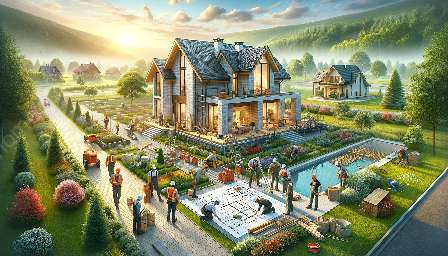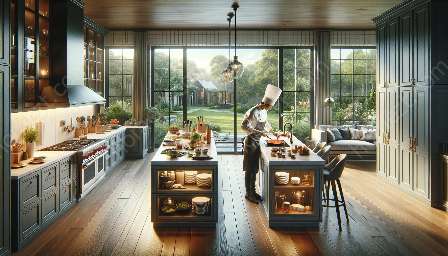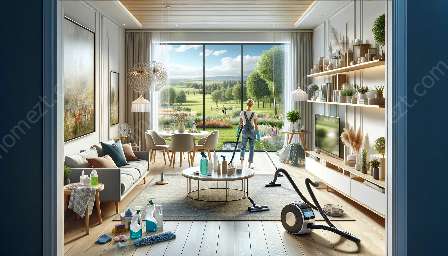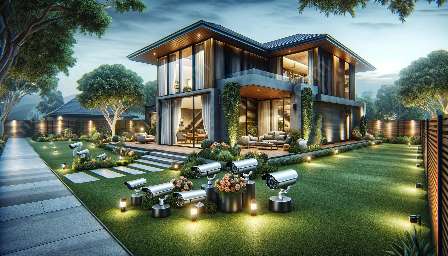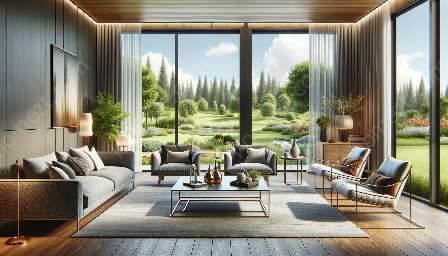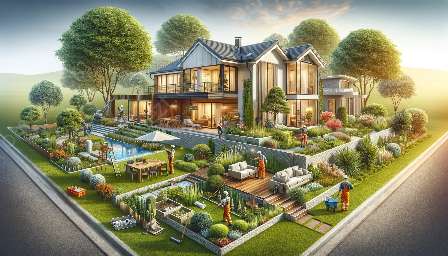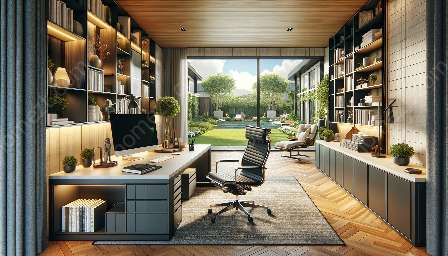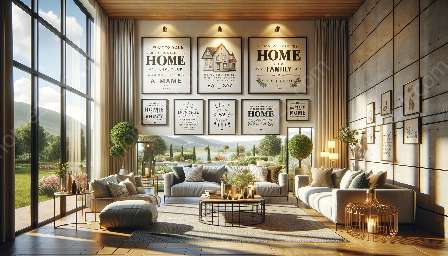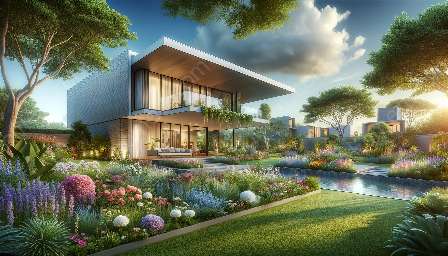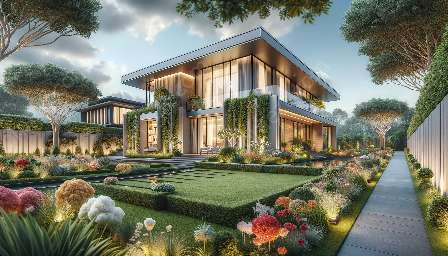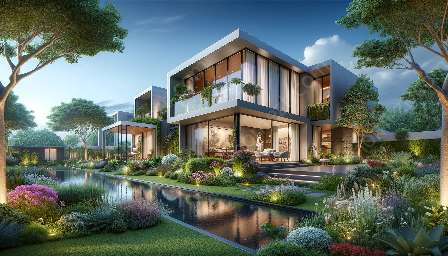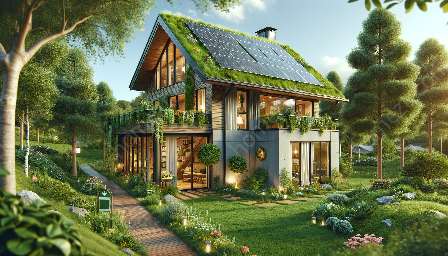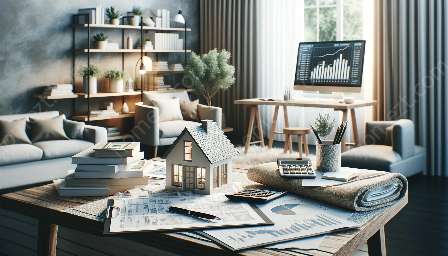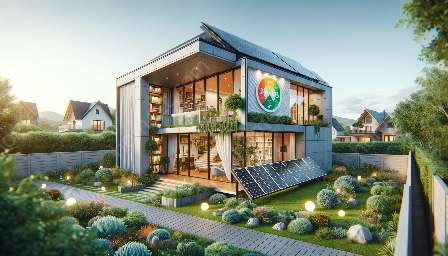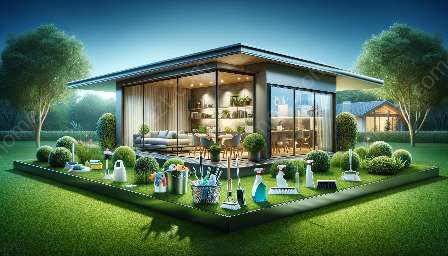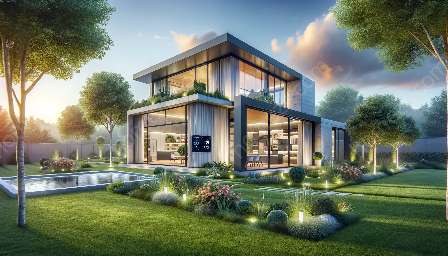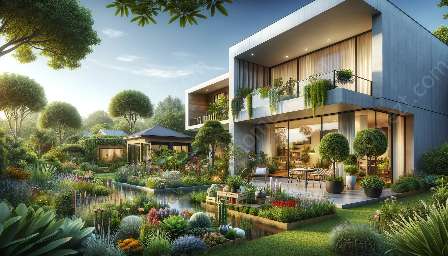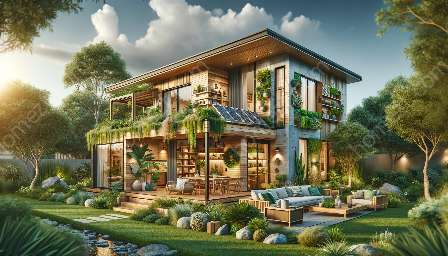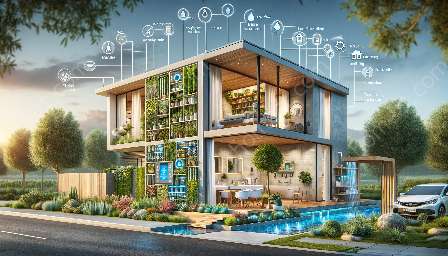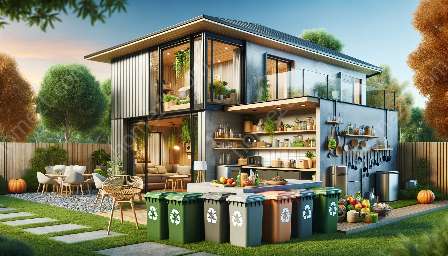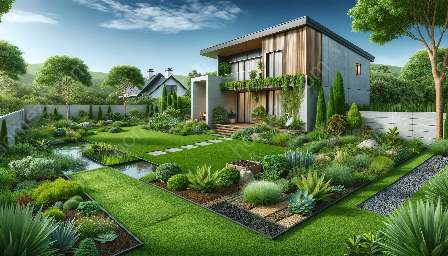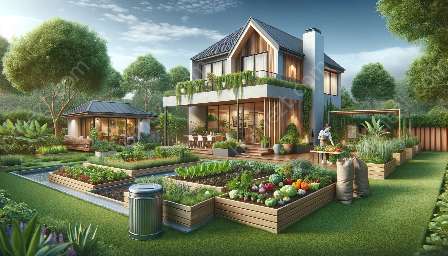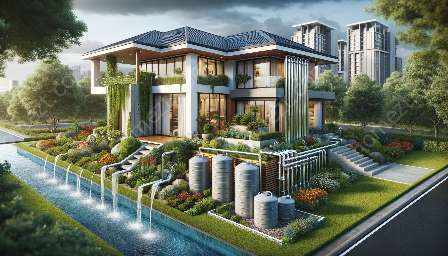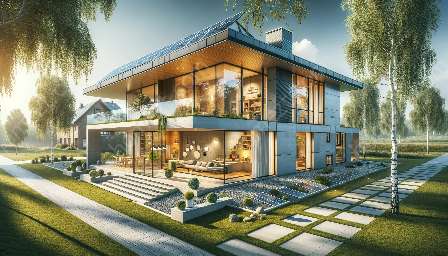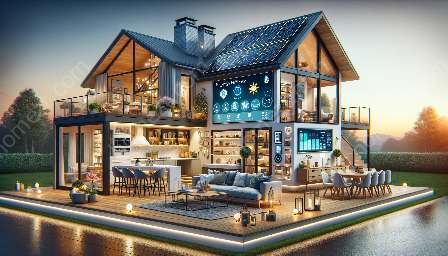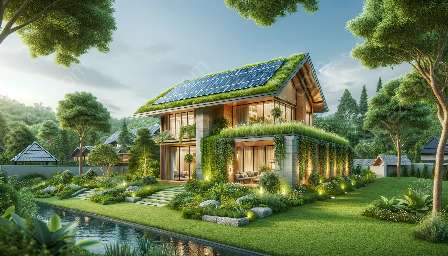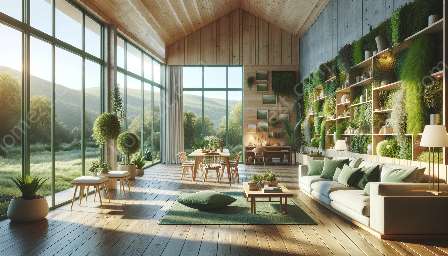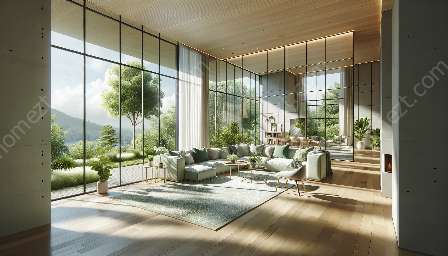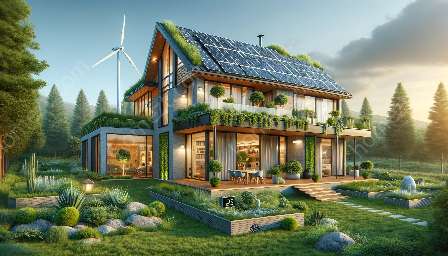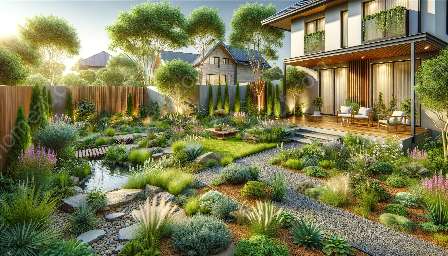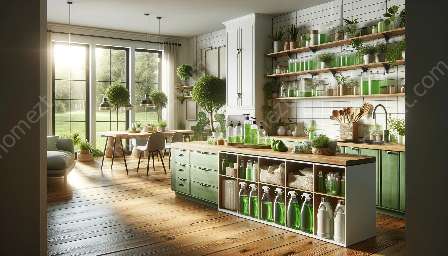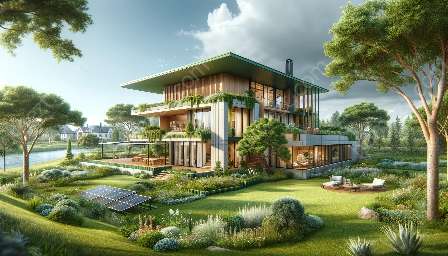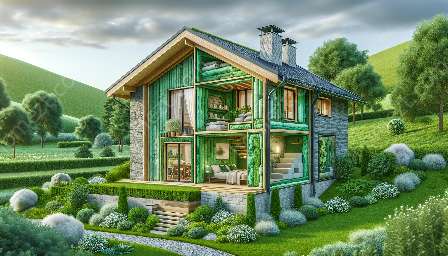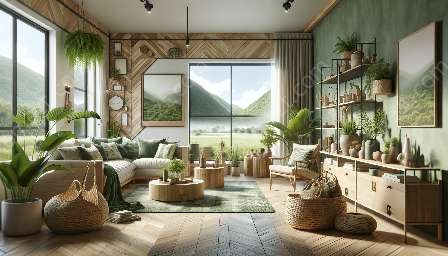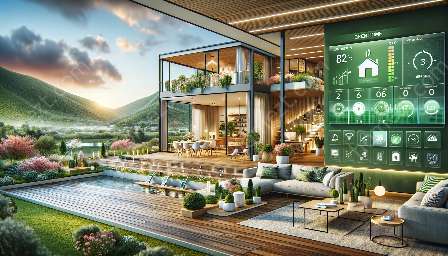Are you interested in transforming your home into an eco-friendly oasis? Green homes use sustainable materials, energy-efficient designs, and environmentally conscious practices to create a healthy environment for you and your family. In this comprehensive guide, we will explore the concept of green homes, discuss the benefits of green home design, and provide practical tips for making your home and garden more sustainable.
The Benefits of Green Homes
Green homes offer a wide range of benefits, from reducing your environmental impact to creating a healthier living space for you and your loved ones. By implementing green home design principles, you can enjoy the following advantages:
- Energy Efficiency: Green homes are designed to minimize energy consumption, resulting in lower utility bills and reduced reliance on fossil fuels.
- Sustainability: By using sustainable materials and construction practices, green homes help preserve natural resources and reduce waste.
- Healthier Living Environment: Green homes often feature improved indoor air quality, which can benefit occupants with allergies and respiratory issues.
- Environmental Impact: Green homes have a smaller ecological footprint, contributing to a more sustainable planet for future generations.
Green Home Design Principles
When creating a green home, several key design principles should be considered to maximize sustainability and energy efficiency. These principles include:
- Passive Solar Design: Utilize natural sunlight for heating and lighting to reduce the need for artificial energy sources.
- Energy-Efficient Appliances: Opt for appliances with high energy-efficiency ratings to minimize electricity consumption.
- Insulation and Air Sealing: Proper insulation and air sealing techniques help maintain comfortable indoor temperatures without excessive energy use.
- Water Conservation: Install water-saving fixtures and consider alternative water sources, such as rainwater harvesting.
- Use of Sustainable Materials: Choose construction materials that are eco-friendly, such as recycled or renewable materials.
- Switch to LED Lighting: LED bulbs are energy-efficient and have a longer lifespan than traditional incandescent bulbs, reducing overall energy consumption.
- Improve Insulation: Adding insulation to walls, attics, and crawl spaces can significantly reduce heating and cooling costs.
- Upgrade to Energy-Efficient Appliances: When it's time to replace old appliances, choose models with high Energy Star ratings to save energy and reduce utility bills.
- Water-Saving Fixtures: Install low-flow showerheads, faucets, and toilets to reduce water usage without sacrificing performance.
- Utilize Renewable Energy Sources: Consider installing solar panels or utilizing wind energy to power your home with clean, renewable energy.
- Plant Native Species: Choose plants that are native to your region, as they are better adapted to local climate conditions and require less maintenance.
- Compost and Mulch: Use compost and mulch to enrich the soil, improve water retention, and reduce the need for chemical fertilizers.
- Water-Wise Landscaping: Design your garden with water conservation in mind by using drought-tolerant plants and efficient irrigation systems.
- Attract Beneficial Wildlife: Create a habitat for beneficial insects, birds, and other wildlife to promote biodiversity and natural pest control in your garden.
- Use Sustainable Hardscape Materials: When adding hardscape features, such as pathways or patios, choose sustainable materials like recycled pavers or reclaimed wood.
Practical Tips for Creating a Greener Home
Implementing green home design doesn't necessarily mean a complete overhaul of your current living space. There are several practical steps you can take to make your home more eco-friendly:
Creating a Green Garden
In addition to making your home eco-friendly, you can also extend the concept of sustainability to your outdoor space. Here are some ideas for creating a green garden:
Conclusion
Transforming your home into a green oasis is an achievable goal with numerous benefits for both the environment and your well-being. By embracing green home design principles and implementing sustainable practices, you can reduce your ecological footprint, save on utility costs, and create a healthier living space for you and your family. Whether you're making small changes or embarking on a full-scale green home renovation, every step towards sustainability makes a positive impact.


